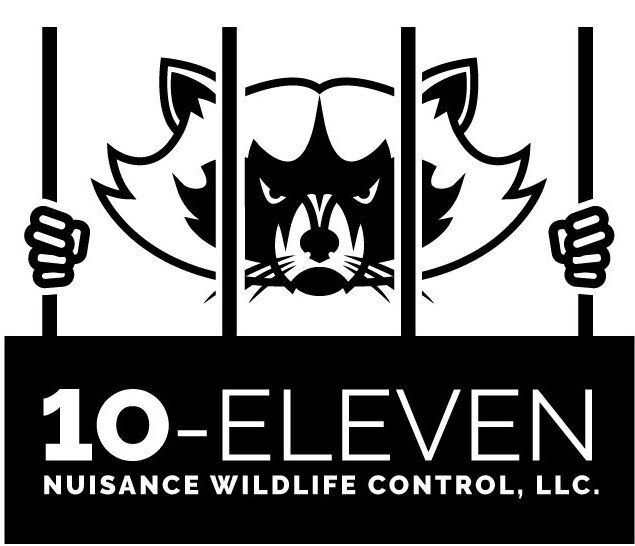
GROUNDHOGS
About Groundhogs
Groundhogs, also known as woodchucks, are rodents primarily found in North America. These mammals are typically brown or gray in color, with stocky bodies that can weigh between 5 to 14 pounds. Groundhogs are known for their burrowing abilities, creating extensive tunnels and dens under the ground.
Their diet consists mainly of grasses, fruits, and vegetables, which can often lead them into residential gardens and agricultural fields, making them pests in certain areas. Groundhogs are also famous for their hibernation habits; they enter hibernation in late fall and emerge in spring, around early February, coinciding with Groundhog Day.
In terms of behavior, groundhogs are diurnal, meaning they are active during daylight hours. They are skilled climbers but primarily reside in the burrows they dig. These burrows serve as protection from predators and a place to raise their young.
Why are Groundhogs a Nuisance Animal?
Groundhogs feed on a variety of plants, which can lead to significant damage in gardens, landscaping, and agricultural fields. Their preference for vegetables, fruits, and ornamental plants poses a threat to home gardens and farms.
Groundhogs are notorious for their burrowing behavior. They dig extensive tunnel systems underground, which can undermine the structural integrity of sidewalks, driveways, and foundations. These burrows can also create hazards for pets and people who may inadvertently step into them.
Groundhogs are also known for their rapid reproduction rates. A single female can produce multiple litters each year, leading to increasing populations if not managed effectively. This can exacerbate the damage they cause to gardens and property.
Furthermore, groundhogs can be carriers of various diseases, including rabies and zoonotic parasites, which can pose health risks to pets and humans. Their presence in suburban areas can result in conflicts with residents seeking to protect their properties and gardens.
How can 10-Eleven Nuisance Wildlife Control solve my Groundhog problem?
We use a structured approach to handle groundhog problems.
Inspection
We’ll begin with a detailed check of the property to find signs of groundhogs, such as burrows and droppings, to assess the infestation’s size and plan the next steps.Identifying Entry Points
It's important to locate how groundhogs are getting in. We look at fences, foundations, and gaps in landscaping.Habitat Modification
To keep groundhogs away, we may suggest changing the environment. This can involve removing food sources, sealing entry points, and cutting back vegetation.Trapping
If groundhogs persist, we may use humane traps in spots where activity is noticed. Trapped animals are removed in accordance with state regulations.Exclusion Techniques
After removal, prevention is key. This may include installing underground dig barrier fences to stop groundhogs from returning.Monitoring
Ongoing monitoring is vital to ensure groundhogs don’t come back. We might advise property owners to look for signs of new activity and recommend routine checks.Education
We can provide you with information about groundhog behavior and prevention methods, like keeping clear areas around properties and being careful with landscaping choices.
Got Groundhogs?
Contact 10-Eleven Nuisance Wildlife today!











